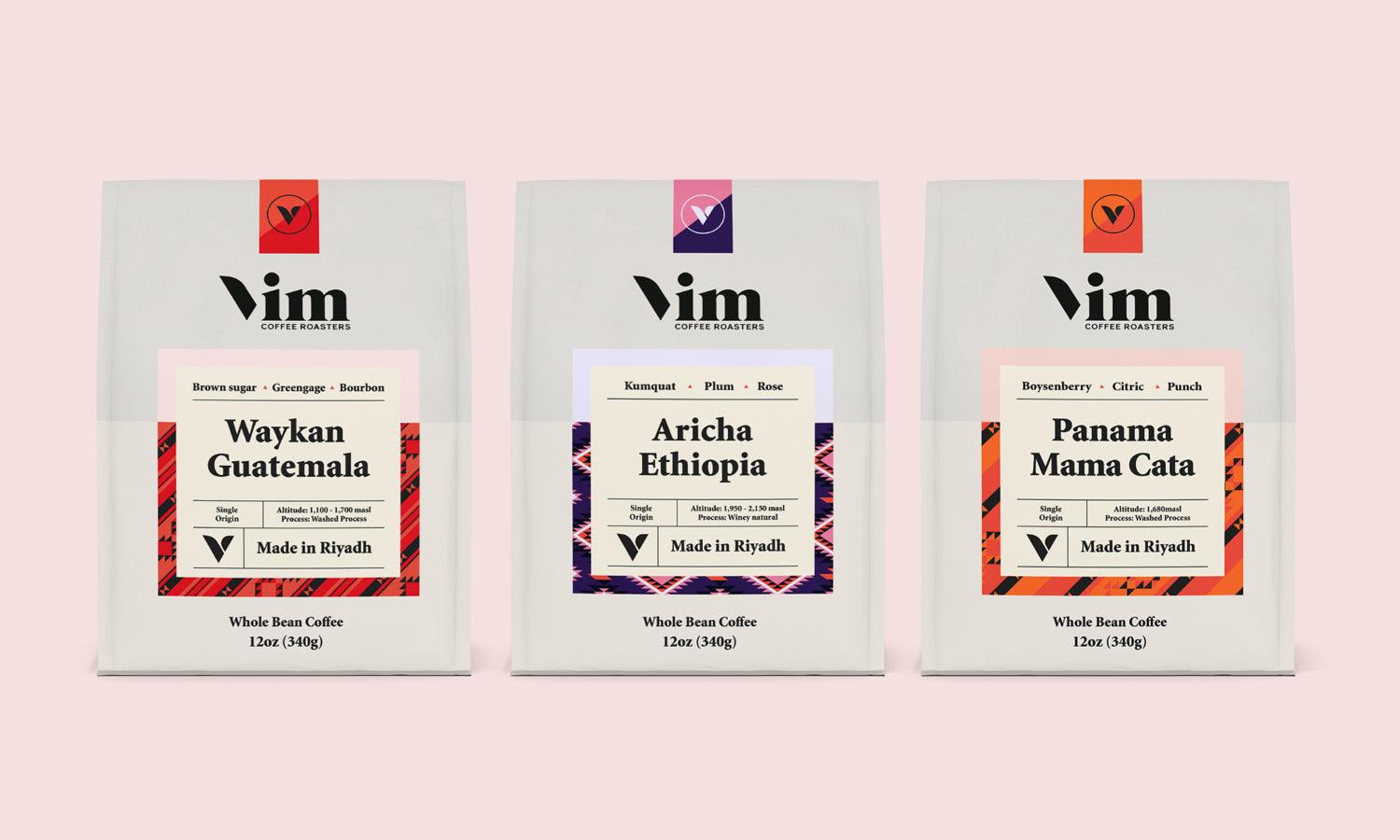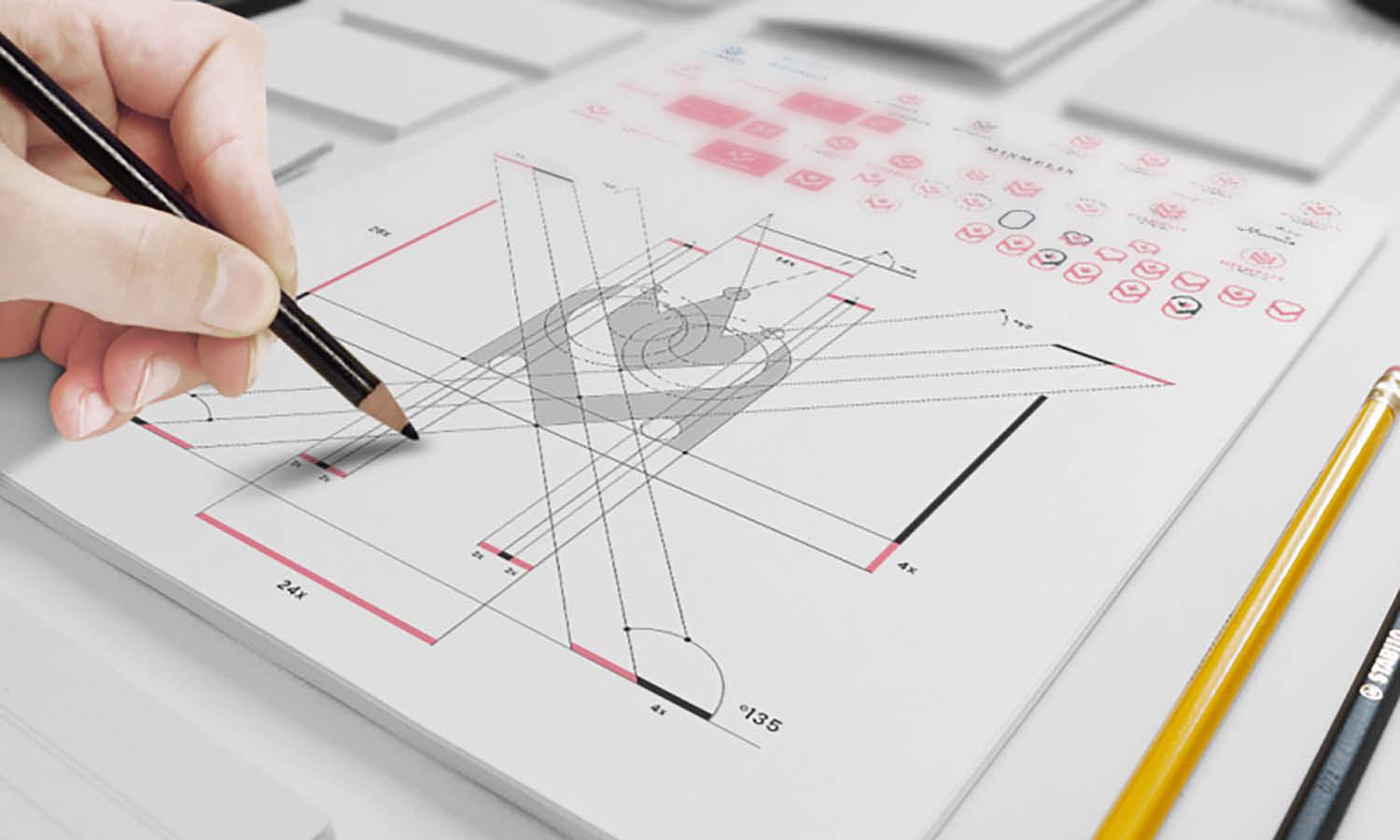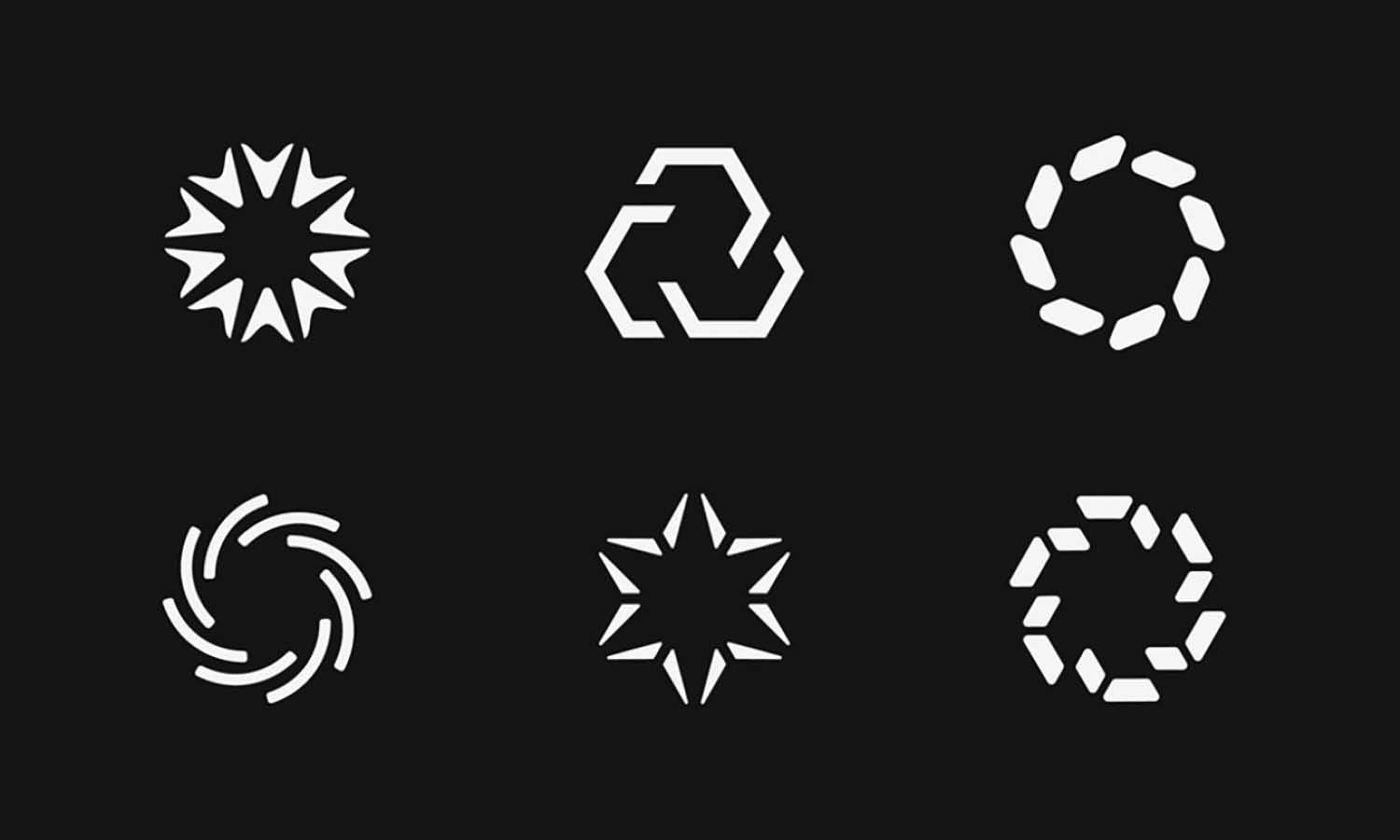How to Write An Effective Design Brief?

Creating an effective design brief is essential for ensuring that your design projects meet both the client's expectations and the project's objectives. A well-crafted design brief acts as a roadmap, guiding the creative process and establishing clear, actionable goals from the outset. This foundational document not only informs the designer about the scope of the project, target audience, and budget but also sets the stage for successful collaboration.
Whether you are a seasoned designer or a client new to the world of design, understanding how to articulate your vision through a comprehensive design brief is crucial. It minimizes misunderstandings, saves time, and enhances the overall quality of the final deliverables. By the end of this guide, you'll have a clear understanding of the critical components that make up a thorough design brief, ensuring your next design project is off to a promising start.
Understand the Project Goals
A crucial element of any design brief is a clear articulation of the project's goals. This section should begin by defining what the project aims to achieve. Discuss with stakeholders to outline specific, measurable objectives that the design needs to fulfill. Whether it's increasing brand awareness, launching a new product, or revamping a website, every design element should align with these goals. It's important to ask questions like, "What problem are we solving with this design?" or "What action do we want the audience to take?" This ensures that the design not only looks appealing but also serves a functional purpose.
Additionally, understanding the project's end goals allows designers to make informed decisions about creative directions and design elements. It sets a focused pathway for the project, reducing revisions and aligning expectations between the client and the designer. A well-defined goal section in your design brief is not just a formal requirement; it's a strategic tool that guides the entire design process.
Identify the Target Audience
Identifying the target audience is pivotal in tailoring the design to meet specific user needs and preferences. In your design brief, detail who the end-users are, their demographics, psychographics, and behaviors. Understanding the audience helps inform design decisions, from choosing the right color schemes to the typography that resonates best with them. It's beneficial to create audience personas as a part of the design brief. These personas include age, interests, job roles, and even challenges that the audience might face which the design could solve.
Knowing the audience's expectations and how they interact with similar designs gives invaluable insights. For instance, a younger audience might prefer a modern, vibrant design, while a more professional group may appreciate a clean, subdued aesthetic. By clearly defining who the design is intended for, you ensure that the final product not only attracts the audience but also engages them effectively. This focus enhances the project's success rate and ensures that the design achieves its intended impact.
Outline the Project Scope
Outlining the project scope is a fundamental step when you write a design brief. This section should clearly define what is included in the project and what is not, preventing any misunderstandings that might arise later. Start by describing the breadth of the project, including the key tasks and any specific features that need to be designed. It's important to specify any constraints such as technological requirements, legal considerations, or user accessibility standards that must be met.
The scope should also detail the resources available for the project, including the budget, tools, and any existing materials that can be utilized. This information helps set realistic expectations and guides the design process efficiently. Additionally, list any potential obstacles that could impact the project timeline or deliverables, such as dependency on third-party vendors or required approval from regulatory bodies.
Clearly articulating the project limits is equally important. Describe what is outside the project's boundaries to ensure that the client understands what will not be addressed within the current framework. This clarity helps supports project focus.

Specify Design Deliverables
Specifying design deliverables is a critical component when you write a design brief. This section ensures that both the client and the design team understand exactly what outputs will be delivered upon the project's completion. Begin by listing each deliverable, whether it's a logo, website, mobile application, brochure, or packaging. For each item, provide a detailed description of the expected features, size, format, and any other relevant specifications.
For digital projects, outline requirements like screen resolutions, file formats, and interactive elements. For print projects, specify dimensions, paper type, and printing standards. It’s also useful to mention the color schemes, typography, and any other brand elements that should be incorporated consistently across all deliverables.
In addition to the physical or digital outputs, include any accompanying documentation that will be provided, such as style guides, source files, and usage rights. These documents are essential for the client’s future use and maintenance of the designs.
Provide Brand Guidelines
When you write a design brief, incorporating brand guidelines is crucial for maintaining consistency and ensuring that the design aligns with the client’s existing brand identity. This section should detail all necessary brand elements that need to be integrated into the design. Begin with the basics: logos, color palettes, typography, and imagery. Specify the exact colors with their Pantone or RGB values, the typefaces to be used, and any restrictions on how logos may be altered or displayed.
Additionally, describe the brand’s voice and tone, which should reflect in the text of the design. Whether it's professional, conversational, or technical, maintaining a consistent voice is key to effective brand communication. If the brand has specific guidelines for iconography, patterns, or graphical styles, these should also be included to guide the designer’s creative decisions.
It's helpful to provide examples of past materials that correctly apply these guidelines. If available, include links to digital assets or references to physical materials that exemplify proper use of the brand elements. This not only provides clarity but also inspires the design process.
Detail the Objectives
Detailing the objectives is an essential part of writing a design brief. This section should clearly articulate what the project aims to achieve and how these goals align with the broader business or marketing strategy. Begin by listing the primary objectives, whether it’s increasing brand awareness, driving sales, improving user experience, or launching a new product. Each objective should be specific and measurable to enable clear evaluation upon project completion.
Explain how these objectives impact the overall business goals. For example, if the objective is to increase website traffic by 20% within six months, discuss how this growth contributes to the client's long-term marketing strategies. This alignment ensures that the design serves a specific purpose and meets defined expectations.
Include any secondary objectives that might influence the design, such as enhancing customer engagement or improving navigation on a digital platform. These goals often support the primary objectives and provide additional context for the design team
Lastly, it’s important to communicate the importance of each objective in relation to the project's success. Prioritizing the objectives helps guide the design process, ensuring that primary goals are met first without sacrificing secondary aims.
Define the Timeline
Defining a clear timeline is essential when you write a design brief. This section should map out the project duration with key milestones and deadlines to ensure all parties are synchronized and aware of critical dates. Begin by stating the project start date and the expected completion date. Break down the project into phases such as research, concept development, design iterations, and final delivery. Assign realistic time frames to each phase based on the scope and complexity of the tasks involved.
Include key milestones within these phases, such as client reviews, approval meetings, and prototype testing. These milestones are important checkpoints that help track progress and make adjustments if necessary. Specify the deadlines for these milestones and who is responsible for each deliverable.
It’s also beneficial to discuss the rationale behind the timeline. Explain how the allocated time for each phase allows for thorough completion of tasks while accommodating the client’s schedule and any external factors that might influence the project timeline.
Finally, ensure that this timeline is agreed upon by all stakeholders. Approval of the timeline early in the project can prevent disputes and miscommunications, providing a clear path forward for all involved.

Set Measurable Goals
Setting measurable goals is a vital part of crafting a design brief. This section should outline specific, quantifiable objectives that the design project aims to achieve. Start by identifying key performance indicators (KPIs) that are relevant to the project’s objectives. For instance, if the goal is to enhance online presence, relevant KPIs might include website traffic, engagement rates, or conversion rates.
Each goal should be SMART: Specific, Measurable, Achievable, Relevant, and Time-bound. For example, instead of merely aiming to increase brand awareness, set a goal to increase social media followers by 15% within three months. This precise goal provides a clear target for the design team and makes it easier to evaluate the project's success.
Explain how these goals will be tracked and measured. Specify the tools or methods that will be used, such as analytics software, user surveys, or sales reports. This not only ensures that there’s a plan in place for assessing performance but also keeps all team members accountable to the project’s aims.
Finally, discuss the significance of these goals in relation to the overall project. Understanding why these goals matter helps motivate the design team and aligns the design efforts with the client’s broader business strategies.
Include Budget Constraints
Including budget constraints in a design brief is crucial for managing expectations and guiding the design process within financial limits. This section should clearly state the available budget for the project and how it has been allocated across different aspects of the design.
Begin by outlining the total budget and breaking it down into categories such as labor, materials, technology, and any outsourced services. This detailed breakdown helps ensure that funds are appropriately allocated and that critical areas of the project are well-funded.
Discuss the implications of the budget on the design choices. For example, if the budget is limited, it may influence the selection of more cost-effective materials or simpler design elements. This transparency helps manage the client's expectations and prevents potential conflicts or misunderstandings during the design phase.
Also, include any contingencies or provisions for unexpected expenses. This is particularly important in complex projects where unforeseen costs can arise. A contingency budget ensures that the project can proceed smoothly without financial hiccups.
Prepare for Flexibility
Preparing for flexibility in your design brief is crucial for adapting to changes and unexpected challenges that may arise during the project. This section should emphasize the importance of incorporating a degree of flexibility into the project plan to accommodate potential adjustments in design, scope, or timelines.
Begin by acknowledging that while the design brief outlines a clear plan, changes may be necessary as new information becomes available or as project conditions evolve. Discuss strategies for handling such changes, such as regular review meetings, a clear process for requesting and approving changes, and protocols for communicating these changes to all stakeholders.
Highlight the importance of an adaptable mindset among the design team and client. Encourage openness to exploring alternative solutions when faced with constraints or new opportunities. This could involve adjusting design elements, re-evaluating user needs, or shifting project priorities based on feedback.
Conclusion
Crafting an effective design brief is an essential step that shapes the trajectory of your design projects. It ensures clarity, alignment, and focus throughout the creative process. By meticulously defining project goals and understanding the target audience, a design brief acts as a critical guide for both designers and clients. Remember, a comprehensive design brief not only facilitates smoother communication and fewer revisions but also enhances the overall quality and effectiveness of the final design. Take the time to develop a thorough brief, and you'll set the foundation for a successful design outcome that meets all objectives.
Let Us Know What You Think!
Every information you read here are written and curated by Kreafolk's team, carefully pieced together with our creative community in mind. Did you enjoy our contents? Leave a comment below and share your thoughts. Cheers to more creative articles and inspirations!
















Leave a Comment